Winter… It’s for the birds
Few things animate winter gardens like woodpeckers dangling from suet cages, robins robbing holly trees of their red winter fruit, and cardinals plucking sunflower seeds from feeders, their flashes of scarlet as enchanting as the rosy-gold hues of a winter sunset. Yes, winter birds captivate us with their colors, entertain us with their antics, and delight us with their songs.
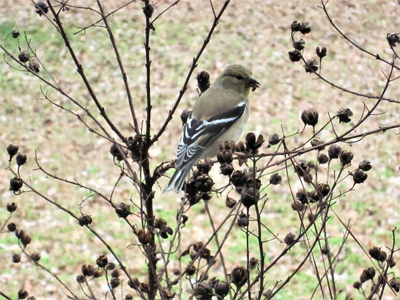
To attract the most birds to your winter garden create a habitat they can’t resist. Start by planting seed- and berry-bearing trees and shrubs. Offer their favorite foods and plenty of fresh, clean water. Birds appreciate shelter, as well. Remember, the greater the variety of bird-friendly offerings, the greater the diversity of birds you’ll attract.
Make your winter garden irresistible to birds by following the suggestions below.
1. Install bird feeders. Fill hopper-style feeders with black oil sunflower seeds to attract northern cardinals, tufted titmice, finches, and woodpeckers. Multi-port feeders stocked with thistle seed lure goldfinches and chickadees. Keep feeding stations clean.
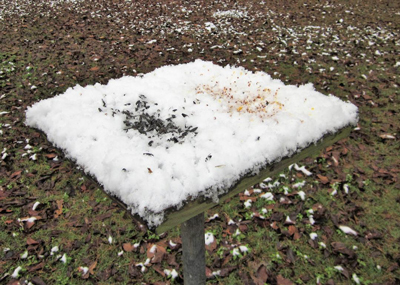
2. Set the table. Entice mourning doves and other ground-foraging bird species by stocking ground-level feeding trays with white proso millet, cracked corn, peanuts, or birdseed.
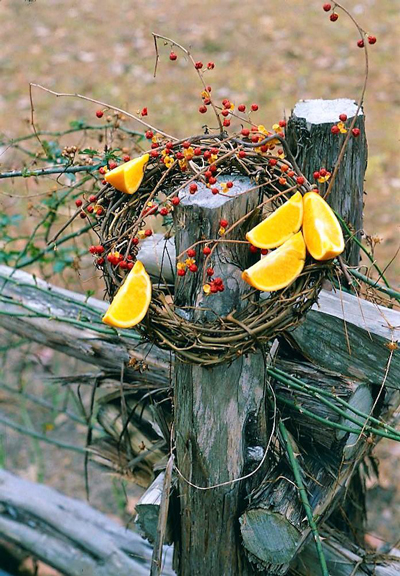
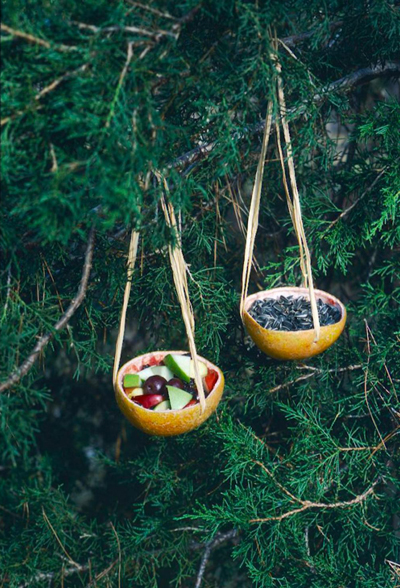
3. Offer fruit. Impale orange halves on stubby branches or dowels to lure tanagers and orioles. Apple chunks attract red-bellied woodpeckers. Bluebirds savor grapes. Mockingbirds crave raisins.
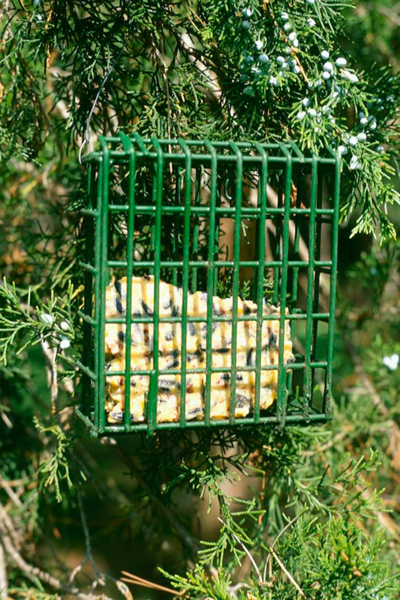
4. Serve suet. Place the protein-rich treat in plastic-coated suet baskets. Dangle the wire baskets from shepherd’s hooks or suspend them from tree branches. The energizing snack attracts woodpeckers, nuthatches, chickadees, wrens, and warblers. Suet cakes are available where birdseed is sold.
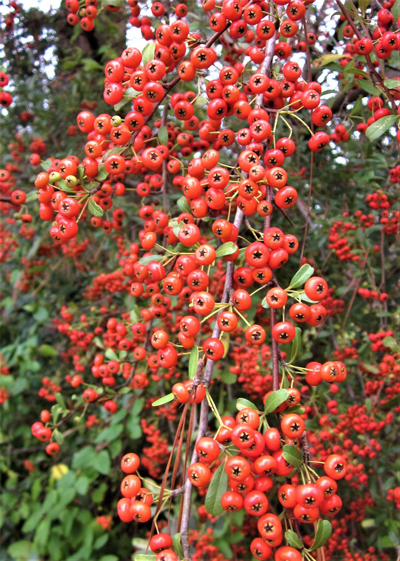
5. Grow berry-laden plants. Grow caches of winter fruits and berries by planting pyracantha, holly, juniper, and bayberry, among other bird-friendly plants. Mockingbirds, bluebirds, warblers, wrens, robins, thrushes, and other berry-eating birds relish the nourishing buffet.
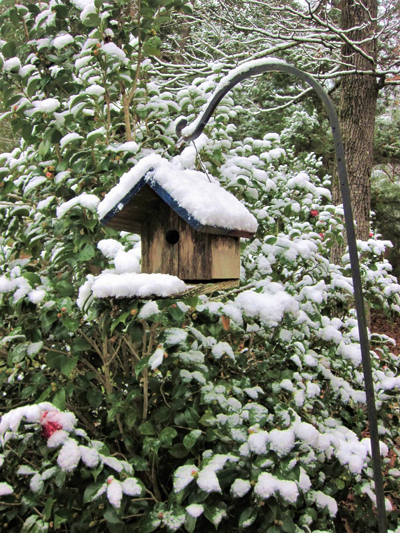
6. Accommodate winter residents. In winter, birds roost in nest boxes to escape bad weather. Prepare nest boxes for winter occupancy by removing old nests and cleaning each box. Make sure the entrance hole faces away from prevailing winds. Specialized roosting boxes also appeal to bluebirds, chickadees, titmice, nuthatches, and other cavity-nesting birds. The low-positioned entrance hole and high inside roosting shelves help birds retain warmth. Upgrade the accommodations by adding wood shavings, straw, or sawdust.
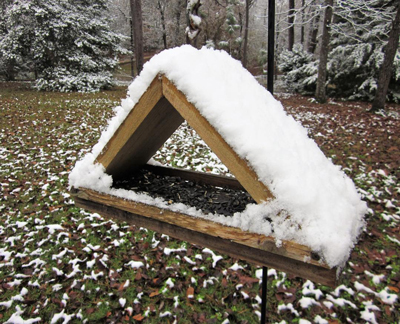
7. Quench their thirst. Outfit gardens with pools, saucers, and birdbaths filled with fresh water. Situate birdbaths in open areas, away from predators. For bathing, birds prefer shallow basins with nonslip footing. Birds also appreciate shrubs where they can preen.
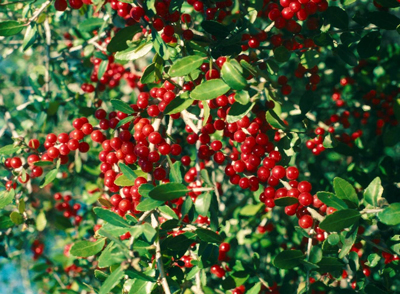
8. Furnish cover. Birds rely on dense evergreen trees and shrubs for protection against winter weather and predators. In small landscapes, grow trees and shrubs with multiple bird-appealing qualities. For instance, hollies supply a year-round canopy of protective foliage, plus they produce bird-luring berries.
